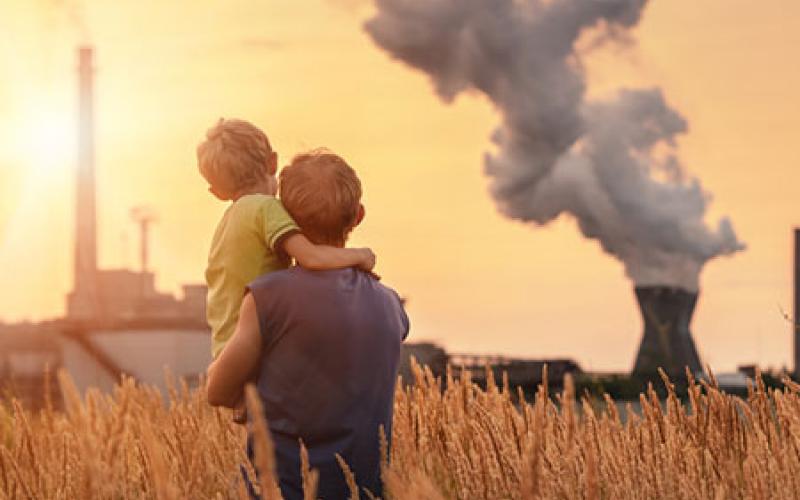‘Negative’ carbon emissions needed to meet 2-degree warming targets

'Negative' carbon emissions needed to meet 2-degree warming targets
The UN Framework Convention on Climate Change has increasingly emphasized the 2 degree C global warming target as a benchmark for future policies and strategies. Through modeling of future scenarios, researchers justify the physical need for negative emissions if this temperature target goal is to be remotely achievable.
Original Paper:
Gasser, T., Guivarch, C., Tachiiri, K., Jones, C.D., & Ciais, P. "Negative emissions physically needed to keep global warming below 2°C." Nature Communications. 6, 1-7 (2015). DOI: http://dx.doi.org/10.1038/ncomms8958
The most recent assessment report of the UN Intergovernmental Panel on Climate Change (IPCC) describes four representative concentration pathways (RCPs), which are trajectories of future greenhouse gas concentrations used to make climate change projections. However, only one of them, called RCP2.6, is likely to limit global warming to below 2 degrees C above preindustrial levels – a target that has been emphasized by the UN Framework Convention on Climate Change (UNFCCC) to avert the worst impacts of climate change. Aiming for this pathway requires not only immediate or near-immediate mitigation of current emissions, but increasingly also "negative emissions" that capture this anthropogenic carbon dioxide. The relative amounts of these two efforts that will be required has been quantified, described and debated intensely. Looking toward the future of the planet, it is becoming clear that conventional mitigation strategies will be insufficient without negative emissions.
In a recent study, a team of researchers from France, Japan, and the United States calculated the gross negative emissions needed to achieve the RCP2.6 scenario. Writing in Nature Communications, they did not distinguish between carbon dioxide captured at the site of emission or removed from the free atmosphere in defining negative emissions. This allowed them to quantify trade-offs between conventional mitigation (i.e. reduction of fossil fuel consumption) and negative emissions within the context of the
The study developed a new concept of "mitigation floors," which represents the maximum possible levels of emissions mitigation. As long as this floor is above the trajectory of carbon dioxide emissions, negative emissions are a physical requirement to meet the targeted emission trajectory. The authors also investigated requirements of carbon storage capacity, since the removed carbon must eventually be stored somewhere. Though the ability to predict capacity of future carbon storage remains limited, the models strongly indicate that any reduction or postponing of mitigation efforts will drastically increase the required capacity.
In contrast to an integrated assessment model approach — which values the most economical solutions under assumed costs and technological potentials — this study used Earth system models as its basis to determine a trajectory that is most physically possible and optimal. But models come with caveats. The models used in this study could not account for some physical factors, including the potential thawing of Arctic permafrost, which could increase negative emissions requirements since it stores enormous amounts of carbon. The authors indicate that the next logical steps in modeling are to couple their approach with integrated assessment models in a way that retains their respective strengths. The consensus among most, if not all, current models is that while negative emissions will not be a panacea for achieving the global warming target in question, actors must accelerate their development alongside increasing conventional mitigation strategies if we are to even stand a chance.




